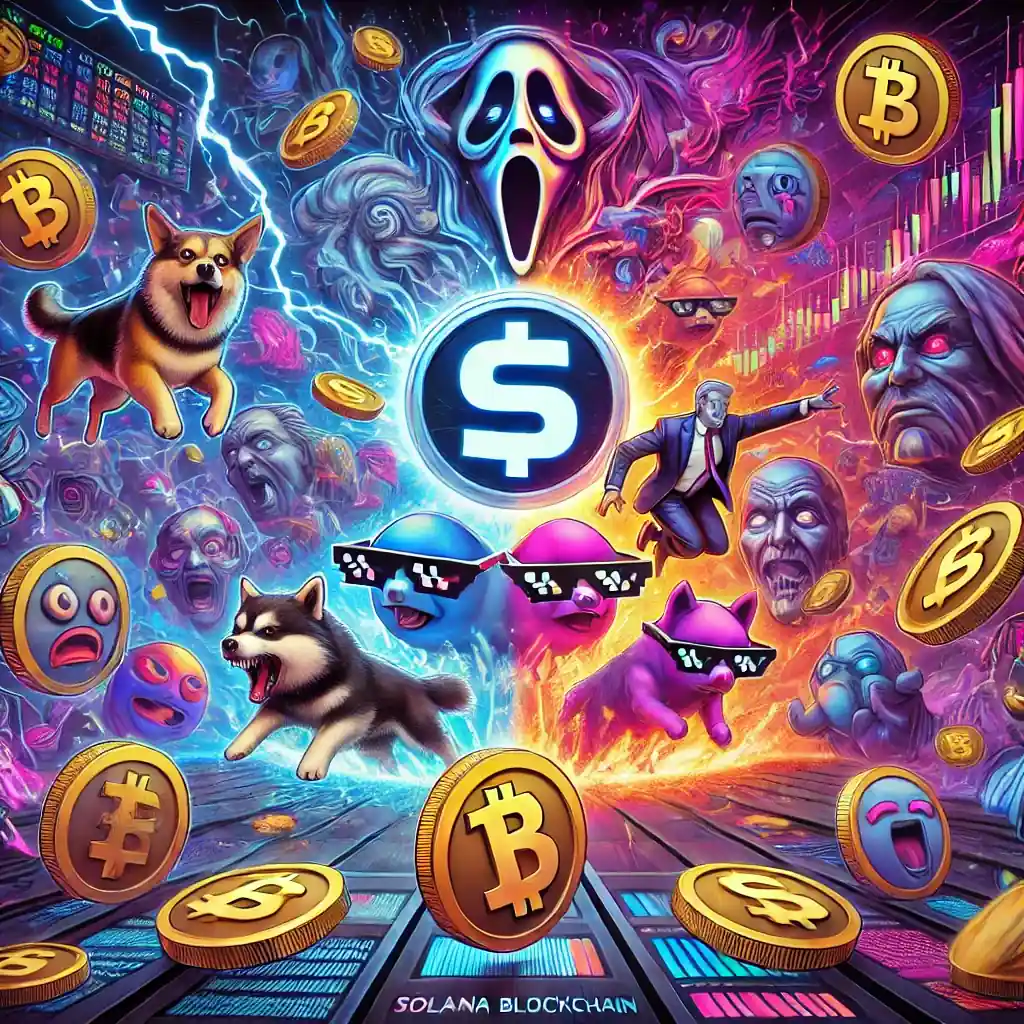Inside the Wild World of Solana Memecoins
The crypto space has seen explosive growth in memecoins, especially on the Solana blockchain. These tokens, once considered a joke, now dominate headlines and portfolios. But behind the hype lies a web of insider tactics that leave many retail investors reeling. From “sniping” to orchestrated “cabals,” memecoin trading is increasingly a zero-sum game.
Solana has become the go-to network for memecoin launches. Known for speed and low fees, it now hosts tokens from high-profile names like Donald and Melania Trump, and even Argentina’s President Javier Milei.
Solana’s Appeal in the Crypto Boom
The crypto appeal of Solana lies in its ability to quickly mint and launch memecoins through platforms like Pump.fun and Meteora. Memecoins like Bonk Inu and Trump surged initially, but most suffered rapid declines. Trump’s token has dropped 85%, while Melania’s fell 95%.
Despite the collapses, traders keep chasing the next viral token, hoping to get in early and cash out before the inevitable crash.
KOLs and Cabals Fuel Insider Gains
The crypto landscape is increasingly dominated by KOLs (Key Opinion Leaders) and cabals—tight-knit groups launching and promoting coins. These influencers often receive tokens at steep discounts in return for hyping them online.
Jordi Alexander of Selini Capital says memecoins, once a counter to insider VC tokens, now suffer the same issues—if not worse. These networks control supply, price movement, and access, creating a tilted playing field.
The Dark Side: Rug Pulls and Sniping
Terms like “rug pulls” and “sniping” have become common in crypto conversations. Sniping involves bots buying large quantities of tokens instantly at launch to flip them during the early price surge. Many wallets were pre-funded before Trump’s token debuted, triggering accusations of insider manipulation.
Ben Chow of Meteora, who connected Trump memecoin teams, has since stepped down after leaked audio confirmed connections to suspect launches like Enron.
Regulatory Ambiguity Adds to Volatility
In late February, SEC staff clarified that memecoins are not securities. The crypto sector welcomed the news, as it reduces regulatory oversight. However, it also means memecoin buyers have no investor protections. Without registration, scams are harder to trace, and victims have few legal remedies.
Cathie Wood of Ark Invest warned: “There will be some fearsome declines… there’s nothing like losing money for people to learn.”
Trading for ROI, Not Utility
Most crypto memecoins offer no real utility. Animoca’s Mohamed Ezeldin noted that today’s memecoin culture prioritizes ROI over fundamentals. Platforms like Pump.fun have made token launches accessible, but also turned the crypto game into a free-for-all.
Investors chase quick profits, getting in early and exiting fast—often leaving latecomers to absorb the losses.
Solana Ecosystem Grows Despite Losses
Even as memecoins crash, the crypto infrastructure supporting them continues to grow. Jupiter, which owns Moonshot and Meteora, allows crypto traders to buy memecoins via credit cards and Apple Pay.
Despite massive losses, Solana remains central to this frenzy. Its native token, SOL, is down over 50% since January, showing how volatile the crypto market remains.




